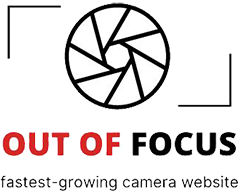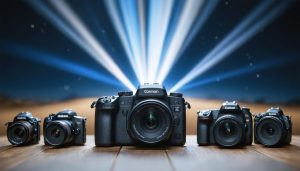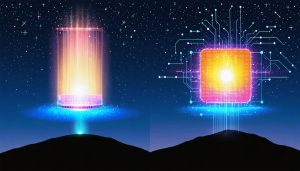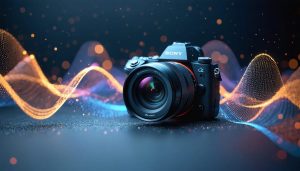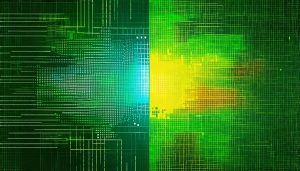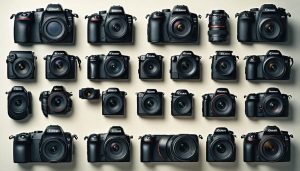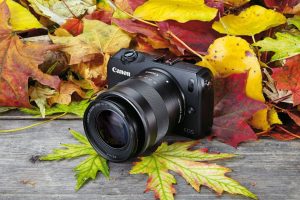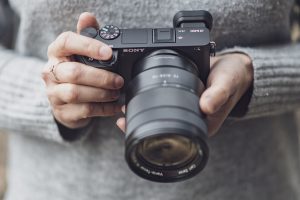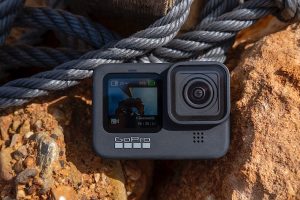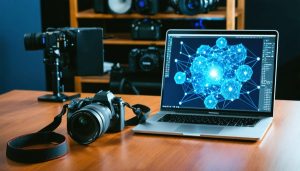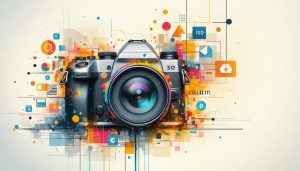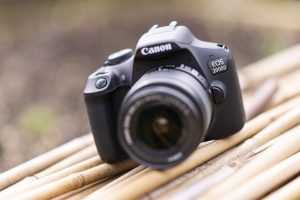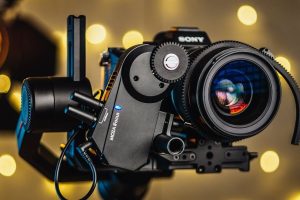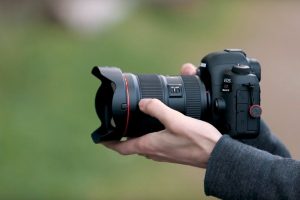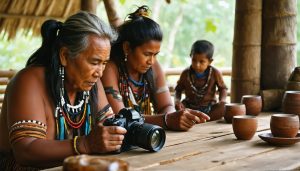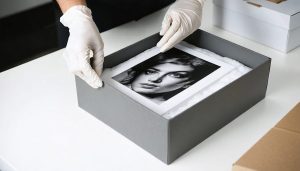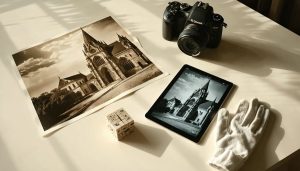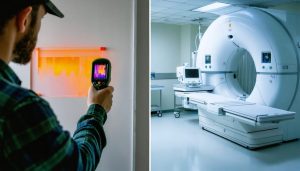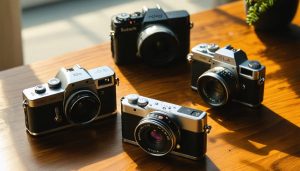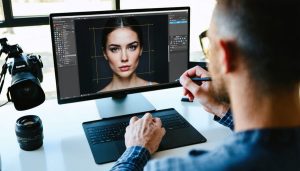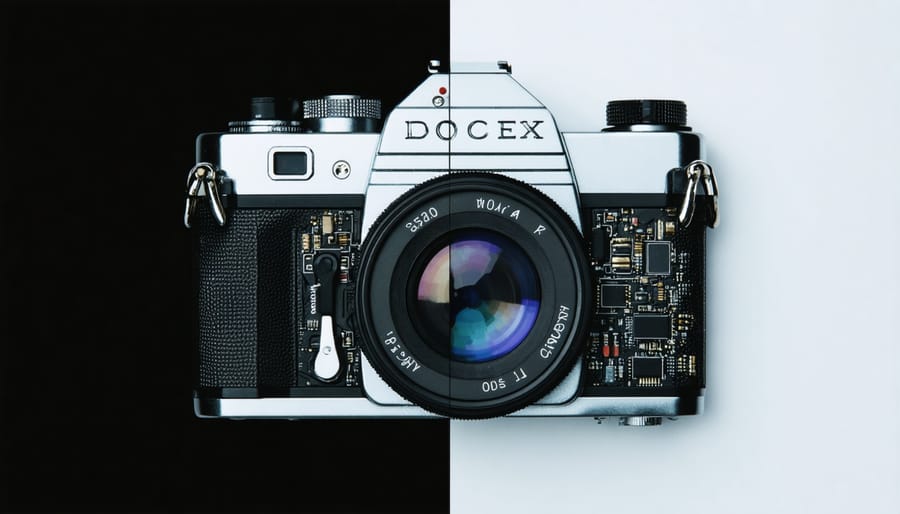
In a groundbreaking fusion of analog and digital technologies, digital sensors are revolutionizing the traditional film camera experience without compromising its cherished aesthetic. These hybrid systems seamlessly integrate light meters, exposure controls, and frame counters into classic film bodies, offering photographers the best of both worlds. While purists might raise an eyebrow, the marriage of digital precision with film’s organic character represents a fascinating evolution in photographic technology.
Modern digital sensors in film cameras serve as sophisticated aids rather than replacements, enhancing the photographer’s ability to capture that perfect moment while maintaining film’s distinctive qualities. From precise exposure readings to advanced metering capabilities, these sensors provide critical data that once relied solely on experience and intuition. Yet, unlike fully digital cameras, these hybrid systems preserve the fundamental chemistry and craft of film photography.
This technological convergence reflects a broader trend in contemporary photography: the desire to blend traditional craftsmanship with modern precision. For both seasoned film photographers and digital natives exploring analog photography, digital sensors offer a bridge between two worlds, making film photography more accessible without sacrificing its unique character and appeal.
Understanding Digital Sensors in Film Cameras
Light Metering Sensors
Through-the-lens (TTL) metering revolutionized film photography by allowing cameras to measure light directly through the lens, providing more accurate exposure readings than external light meters. Modern digital sensors have taken this technology even further, offering sophisticated multi-segment metering capabilities that would have been impossible with traditional selenium or CdS cells.
Today’s light metering sensors can analyze complex scenes by dividing the frame into multiple zones, each measured independently. This allows the camera to handle challenging lighting situations like backlit subjects or high-contrast scenes with remarkable accuracy. The digital sensors can detect subtle variations in brightness and color, helping photographers achieve precise exposures even in tricky lighting conditions.
These advanced metering systems often work in conjunction with the camera’s exposure modes, providing real-time feedback through the viewfinder or LCD display. Many modern film cameras equipped with digital metering can also recognize common shooting scenarios, such as landscapes or portraits, and adjust their readings accordingly. This blend of classic film photography with digital metering technology offers photographers the best of both worlds: the timeless quality of film with the convenience and accuracy of modern exposure measurement.
Autofocus Sensors
One of the most significant technological advancements in film cameras was the integration of digital AF sensors, which revolutionized how photographers could achieve precise focus. These electronic marvels typically consisted of CCD or CMOS sensors specifically designed for focus detection, working independently from the film plane.
Advanced film cameras like the Canon EOS-1V and Nikon F6 featured sophisticated multi-point autofocus systems that could track moving subjects with remarkable accuracy. These systems utilized phase-detection technology, where specialized sensors analyzed light patterns to determine focus position and direction, much like modern digital cameras do today.
The number and arrangement of focus points varied by camera model, with professional bodies offering up to 45 focus points. This allowed photographers to maintain sharp focus on subjects even in challenging conditions, such as sports photography or wildlife shooting. The system would continuously evaluate subject distance and adjust the lens elements accordingly, all while maintaining the pure analog nature of the actual image capture on film.
Digital vs. Analog Sensors: A Technical Comparison

Sensitivity and Accuracy
When comparing digital sensors in film cameras to traditional light meters, the differences in sensitivity and accuracy are quite remarkable. Modern digital sensors can detect light across a broader dynamic range, often measuring up to 1/3 stop increments, whereas traditional mechanical meters typically measure in full stops. This enhanced precision allows photographers to capture more nuanced exposures, particularly in challenging lighting conditions.
Digital sensors also excel in low-light situations, where they can accurately measure exposure even when traditional selenium or CdS light meters might struggle. This improved sensitivity means more reliable readings during golden hour, indoor shoots, or night photography sessions. Many digital sensors can measure light levels as low as EV -4, while vintage light meters often bottom out around EV 4.
However, it’s worth noting that digital sensors aren’t infallible. They can be affected by extreme temperatures and may require occasional calibration to maintain accuracy. Some photographers have reported slight variations in readings when comparing different digital sensor systems, though these differences are usually minimal and well within acceptable tolerances for most shooting scenarios.
The real advantage comes in the consistency of readings. Unlike traditional meters that might drift over time or require battery replacement, digital sensors maintain their accuracy longer and provide more reliable results shot after shot. This reliability, combined with their ability to handle various metering patterns (spot, center-weighted, and matrix), makes them invaluable tools for both casual and professional photographers working with film cameras.
Integration and Implementation
Digital sensors in film cameras are integrated through various ingenious approaches, each designed to complement rather than replace the traditional film mechanism. The most common implementation involves placing a small digital sensor adjacent to the film plane, allowing it to measure light without interfering with the film exposure process.
In single-lens reflex (SLR) cameras, sensors are typically positioned near the viewfinder or pentaprism, capturing light data before it reaches the film. This arrangement enables features like through-the-lens (TTL) metering while maintaining the camera’s original film functionality. Some advanced systems even incorporate multiple sensors at different points to ensure accurate exposure readings across the frame.
Hybrid systems have also emerged, where digital sensors work alongside traditional mechanical components. For instance, some cameras use digital sensors for auto-exposure and focus confirmation while retaining manual film advance mechanisms. This marriage of technologies allows photographers to enjoy modern conveniences without sacrificing the distinctive characteristics of film photography.
The integration process varies between camera manufacturers. Nikon’s approach differs from Canon’s, with each developing proprietary solutions for incorporating digital sensors into their respective film camera lines. Some manufacturers have even created modular systems where digital components can be added or removed based on the photographer’s needs, offering unprecedented flexibility in how these technologies are utilized.

Evolution of Sensor Technology
Early Digital Integration
The first attempts to integrate digital sensors into film cameras emerged in the mid-1990s, marking a fascinating transition period in photography. Kodak led this innovation with their Digital Camera Back system in 1995, which could be attached to medium format cameras, allowing photographers to capture digital images using their familiar film camera bodies.
These early hybrid systems were primarily aimed at professional photographers who needed to preview their shots instantly or transmit images quickly for news and sports coverage. The Kodak DCS series, particularly the DCS 420 and 460, were groundbreaking examples that combined traditional Nikon film camera bodies with digital sensors.
The integration wasn’t always seamless. Early digital backs were bulky, expensive, and often limited in functionality compared to pure film or digital cameras. They required external power supplies and storage units, making them cumbersome to use in the field. However, these pioneering devices paved the way for modern digital photography while preserving the ergonomics and optical qualities that photographers loved about their film cameras.
Despite their limitations, these early systems proved invaluable in helping the photography industry transition from analog to digital imaging technologies.
Modern Hybrid Systems
Today’s hybrid systems represent an innovative fusion of analog and digital technologies in film photography. Modern cameras like the Hasselblad 907X and Leica M10 Edition Zagato showcase how manufacturers are integrating digital backs and sensors with traditional film camera bodies. These systems allow photographers to switch between film and digital capture while maintaining the familiar ergonomics and mechanical controls of classic cameras.
Digital sensor integration has also found its way into film scanning and development processes. Advanced labs now use hybrid workflows where film negatives are digitally scanned at ultra-high resolutions, enabling both traditional darkroom prints and digital output options. Some contemporary solutions even offer real-time digital previews of film shots through auxiliary sensors, helping photographers validate their exposure and composition before committing to film.
The market has responded enthusiastically to these innovations, with several third-party manufacturers developing digital backs for popular medium and large format film cameras. This evolution demonstrates how modern technology can enhance rather than replace the film photography experience, offering photographers the best of both worlds.
Practical Benefits for Photographers
Enhanced Exposure Control
The integration of digital metering in film cameras revolutionized exposure control, offering photographers unprecedented accuracy in their film photography. Unlike traditional light meters, digital sensors provide real-time feedback about lighting conditions, helping photographers make more informed decisions before committing to film exposures.
This enhanced metering system analyzes multiple zones within the frame, considering factors like highlights, shadows, and mid-tones. For instance, when shooting a high-contrast scene like a sunset, the digital meter can simultaneously evaluate both the bright sky and darker foreground, suggesting optimal exposure settings that preserve detail across the entire range.
The digital system also excels in challenging lighting situations, such as mixed lighting or backlit scenes, where traditional meters might struggle. Photographers can now preview exposure settings through the digital readout before exposing precious film frames, significantly reducing the risk of over or underexposure.
Another significant advantage is the ability to spot meter specific areas of the scene with greater precision. This feature proves invaluable when photographing subjects with varying reflectance values, such as snow scenes or dark subjects against bright backgrounds. The immediate feedback helps photographers fine-tune their exposures, ensuring more consistent results and fewer wasted frames.
This marriage of digital metering with film photography represents a perfect blend of classic and modern technology, enhancing the film photography experience while maintaining its distinctive character.
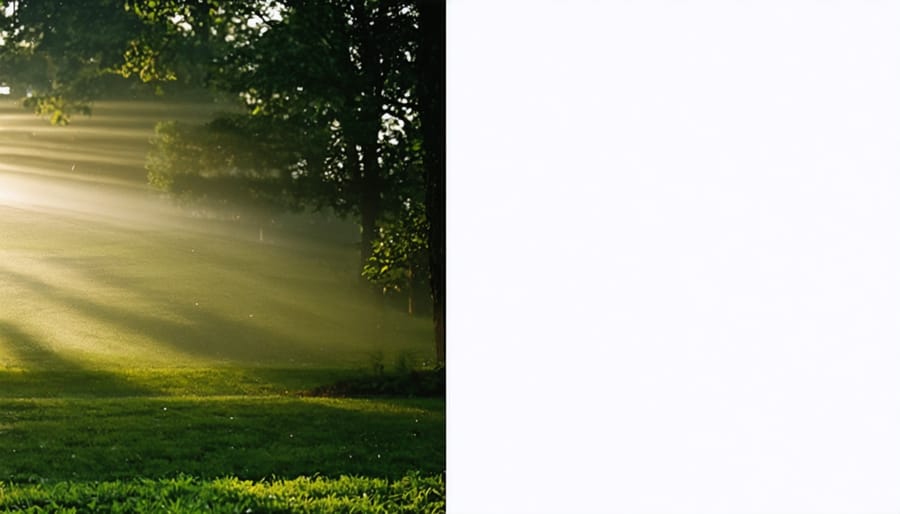
Focus Precision
The integration of digital autofocus systems into film cameras represents a significant leap forward in precision photography. Unlike traditional manual focus methods, digital AF sensors provide instantaneous feedback, helping photographers capture crisp, sharp images even in challenging conditions.
Modern digital AF sensors excel in low-light situations, where manual focusing can be particularly tricky. They offer multiple focus points across the frame, allowing photographers to maintain creative composition while ensuring accurate focus. This technology is especially valuable when shooting portraits or fast-moving subjects, where split-second timing can make the difference between a keeper and a missed shot.
What makes these systems particularly appealing is their ability to work seamlessly with both vintage and contemporary lenses. Whether you’re using a classic 50mm prime or a modern zoom lens, the digital AF sensor provides consistent, reliable focus confirmation. This means photographers can confidently explore their artistic vision without being constrained by technical limitations.
The focus accuracy these systems provide also helps reduce film waste – a significant consideration given the cost of film and processing. By ensuring more shots are properly focused, photographers can maximize their keeper rate and make every frame count. This perfect blend of digital precision and analog charm exemplifies how modern technology can enhance rather than detract from the film photography experience.
Digital sensors in film cameras represent a fascinating bridge between analog and digital photography, demonstrating how traditional and modern technologies can work together to enhance the photographic experience. These hybrid systems have proven invaluable for photographers who cherish the unique characteristics of film while appreciating the convenience and precision of digital technology.
The integration of digital sensors has revolutionized how we approach film photography, offering precise exposure metering, improved focusing accuracy, and enhanced control over our shots. This marriage of technologies has made film photography more accessible to newcomers while providing experienced photographers with tools to achieve more consistent results.
Looking ahead, the role of digital sensors in film cameras continues to evolve. As technology advances, we’re seeing more sophisticated implementations that respect the fundamental nature of film photography while adding meaningful digital assists. This evolution suggests that rather than becoming obsolete, film cameras with digital sensors are finding their place in contemporary photography, offering photographers the best of both worlds.
For both enthusiasts and professionals, these hybrid systems represent more than just a technological compromise – they’re a testament to how innovation can preserve and enhance traditional photographic methods. As we move forward, the continued development of digital sensors in film cameras ensures that film photography remains not just viable but vibrant in the digital age.
